One thing New Zealand publishing always, always excels in is picture books. The country just looks so damned good, the bright light of the Pacific is just so luscious, and our lives here have always been just so picturesquely happy, troubled, lucky, wretched, comfortable, poor, exciting, boring…We may no longer enjoy the great age of photography (where is the contemporary Ans Westra, the contemporary Marti Friedlander, the contemporary Peter Peryer?) but the land and its people continue to be documented in a range of really beautiful books. The two very best of the year were on the same theme – histories of New Zealand, told by or of the tangata whenua. You ought to get Shifting Grounds: Deep Histories of Tāmaki Makaurau Auckland at once, especially if you live in Tāmaki Makaurau Auckland – you won’t recognise the city you live in, and you’ll see it differently, more deeply. You might like to get Hei Taonga mā ngā Uri Whakatipu | Treasures for the Rising Generation: The Dominion Museum Ethnological Expeditions 1919–1923 but only if you can afford it, at $75.
There are other, less cripplingly expensive options. The rest of my top 10 ranges from works by great artists (Peter Black, Anne Noble, Colin McCahon) to nostalgia feasts (my book Cover Story, and a book about TV sets, toasters, heaters and other very groovy appliances back when they were manufactured in New Zealand), and other documentary evidence of good old, good-looking New Zealand.
Shifting Grounds: Deep Histories of Tāmaki Makaurau Auckland by Lucy Mackintosh (Bridget Williams Books, $60)
The very best illustrated book of 2021. This is just stupendous, a radical reimagining of the city, told through three sites that “challenge the way these particular places as well as the city and nation are understood,” as the author writes in her Introduction. My personal favourite was her chapter on the olive groves that John Logan Campbell planted in Cornwall Park; like the grove itself, the research is so finely detailed: “The quincunx pattern used for planting the orchard was the same pattern used by Māori for planting kumara and taro gardens on volcanic soils.” Anna Rankin has written a dazzling 4000-word review in the latest Metro. Simon Wilson at the Herald wrote rather less but his enthusiasm for the book is just as evident: “She focusses on just three sites: Maungakiekie, Pukekawa (the Domain) and the Ōtuataua Stonefields at Ihumātao. Each gets two chapters, for stories told about different times. All three are volcanic sites, giving them good soil and prominence in the landscape, both of which have helped generate a rich history in each place…There aren’t many written histories of Tāmaki Makaurau. This one’s a beauty. It began life as a PhD thesis and has been thoughtfully reconceived into a book for all of us, developed with care and with the support of a wide range of Māori advisers, beautifully designed and illustrated and written with great storytelling flair. It’s a seduction: an invitation to see the city afresh, and enjoy.”
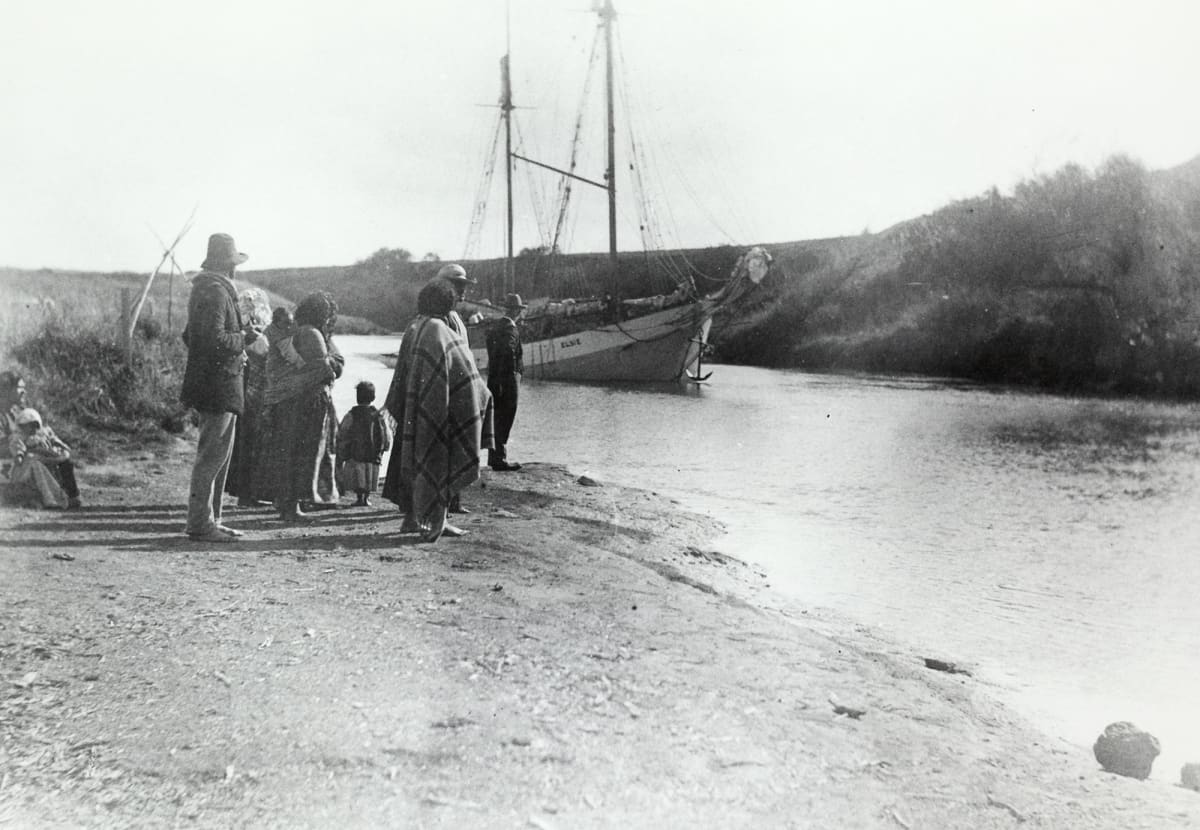
Hei Taonga mā ngā Uri Whakatipu | Treasures for the Rising Generation: The Dominion Museum Ethnological Expeditions 1919–1923 by various authors (Te Papa, $75)
Very nearly the best illustrated book of 2021. It’s a time capsule in beautiful condition, thanks to the photographs of James McDonald, who travelled to four destinations between 1919-1923 – a hui in Gisborne, a trip up the Whanganui River, a royal visit in Rotorua (“Terribly boring”, wrote the Prince of Wales to his mistress, “I had to go thru long and tedious Maori ceremonies”), and to Tairawhiti on the East Coast – to record and preserve Māori culture at a crucial period in the post-colonial making of New Zealand. It was no less than an “ethnological expedition”, led by staff from the Dominion Museum and arranged by Apirana Ngata and Te Rangihiroa (Peter Henry Buck), who were desperate to “save the ancestral ways of life from extinction”. There are photos of string games, fishing practises, gathering kumara, dances, feasts – the whole thing is a feast, in sharp black and white, with commentary by such as Anne Salmond. One of the stars of the book is blind Heremia Rawiri of Oneriri, who recited 17 (17!) chants into a dictaphone brought on the expedition; he also performed songs about fights with followers of the Pai Mārire cult after they executed Rev Völkner in Ōpōtiki . A witness to history, brought alive in this astonishing book, an artefact in itself. The typographical design lets things down – competing type sizes are so damned amateur – and the book also sags under the special humourlessness that Te Papa brings to everything it touches. Also, what a price! God almighty! But it’s a thing of beauty.
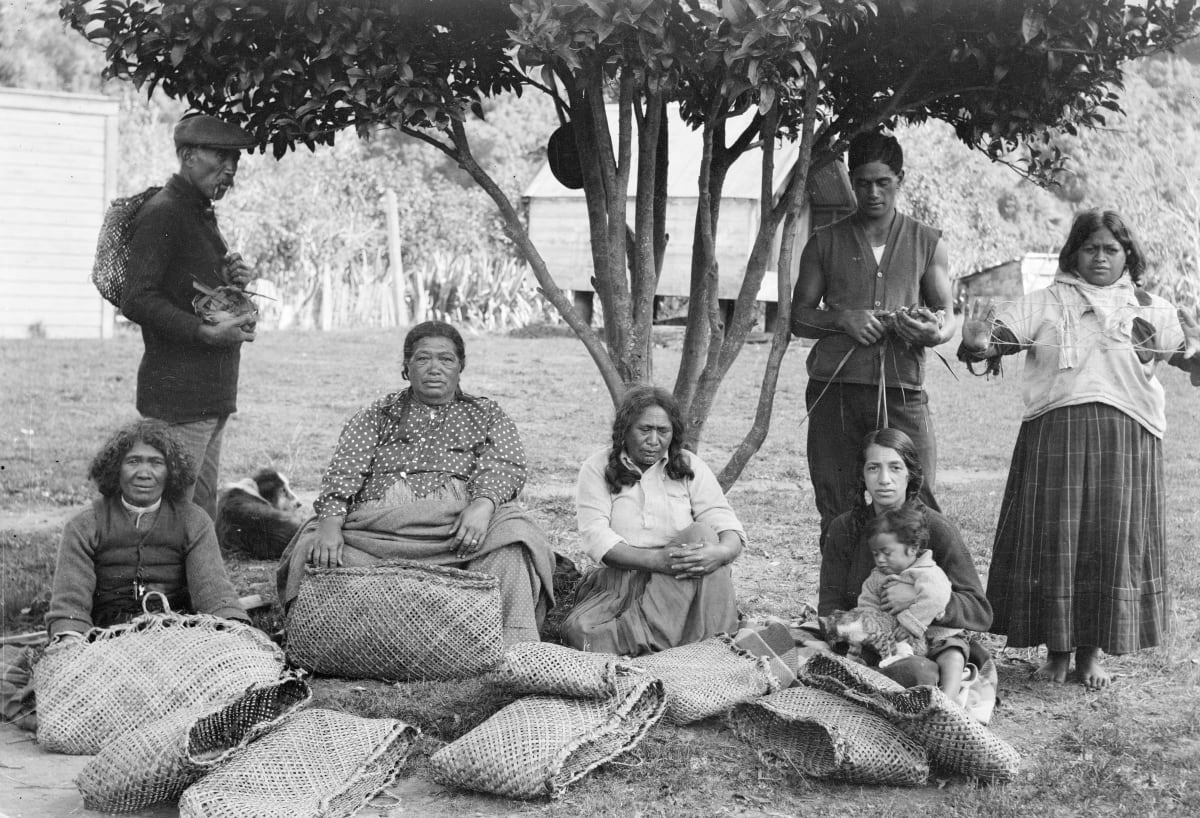
The Architect and the Artists by Bridget Hackshaw (Massey University Press, $65)
Well this is something special. This book glows. It’s illuminated by a celestial light falling through stained glass made by a genius for eight churches and chapels, three private homes, and one school (Liston College, on Rathgar Road in Henderson) – it’s the Colin McCahon show, exhibited in the thick, expensive pages of a lovely art book which reveals the great artist’s previously overlooked work in stained glass. The 12 buildings were in collaboration with architect James Hackshaw and sculptor Paul Dibble between 1967-1979. Hackshaw was on a “quest for New Zealandness” and made the inspired decision to commission two artists. Dibble made holy water fonts, crucifixes, candleholders; McCahon “expressed his ideas in God”. As he wrote, “Good glass holds your hands up high and a certain glory filters through your fingers.” There are essays by such as Peter Simpson, and a fantastic interview with Dibble conducted by Christopher Dudman, who takes him to see St Francis de Sales church in Torbay (Dibble also worked with McCahon on St Ignatius church in Remuera, St Mary’s church in Papakura, and St Patrick’s church in Te Puke). Dibble wanders through for the first time in 40 years. He admires his own handiwork and is awed by McCahon’s beautiful stained glass, and then he says, touchingly, “Poor old Colin.” The photography is stunning, in numerous double-page spreads. Surely the winner of the 2022 Panz award for best design.
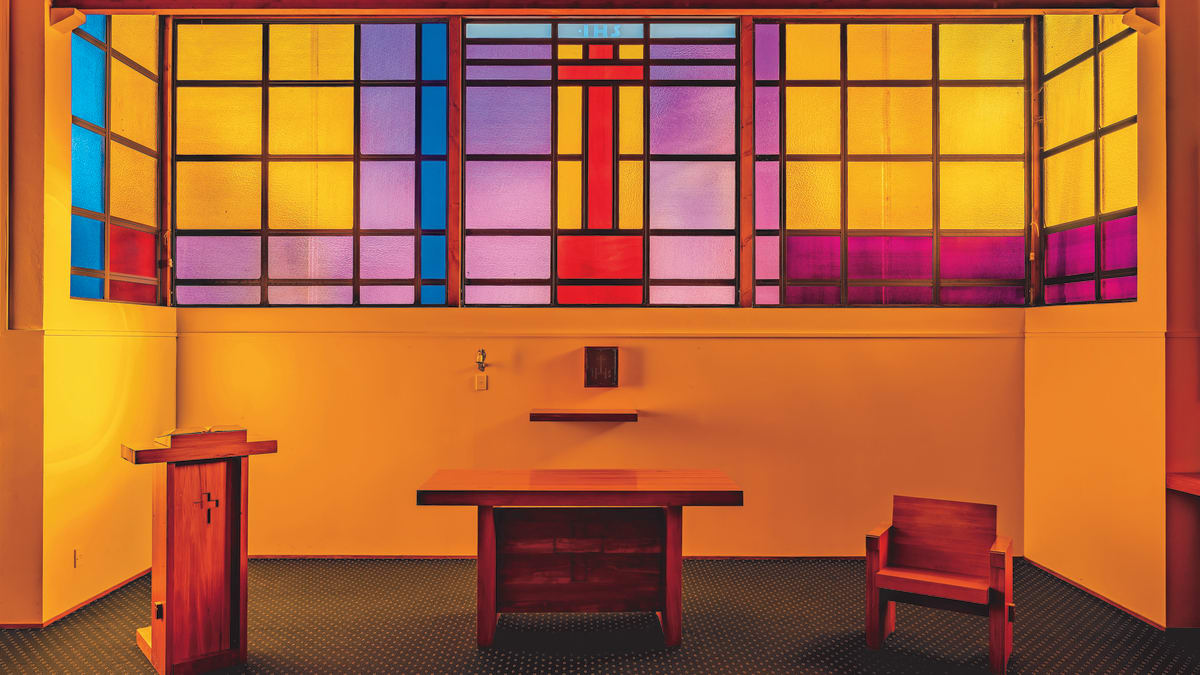
Motel Life by Peter Black (MMM Photobooks, $45; available online)
You had me at Peter Black, and also at motels: the greatest artist in New Zealand photography has chosen the greatest temples in New Zealand hospitality, motels, as the subject of this slender and entirely ravishing album of 43 colour photographs. “Motels often contain the feeling of all the souls who’ve stayed in them,” he writes, and a theme of the book is the ghostliness of others, of people passing through in one-night stands, journeying the country to take rest in rooms lit by bedside lamps. He photographs the sink. The bucket of pegs on the clothesline. The loneliness of a single towel on a bathroom rail…There are couples sunning themselves on small porches, and on the grass; there is a spectacular photo of the Boulevard Waters Motor Lodge underwater, that is to say in the rain, at night, and like many of the photos it has a drama which is at once beautiful and bleak. The book is a limited edition of 50. Order now.
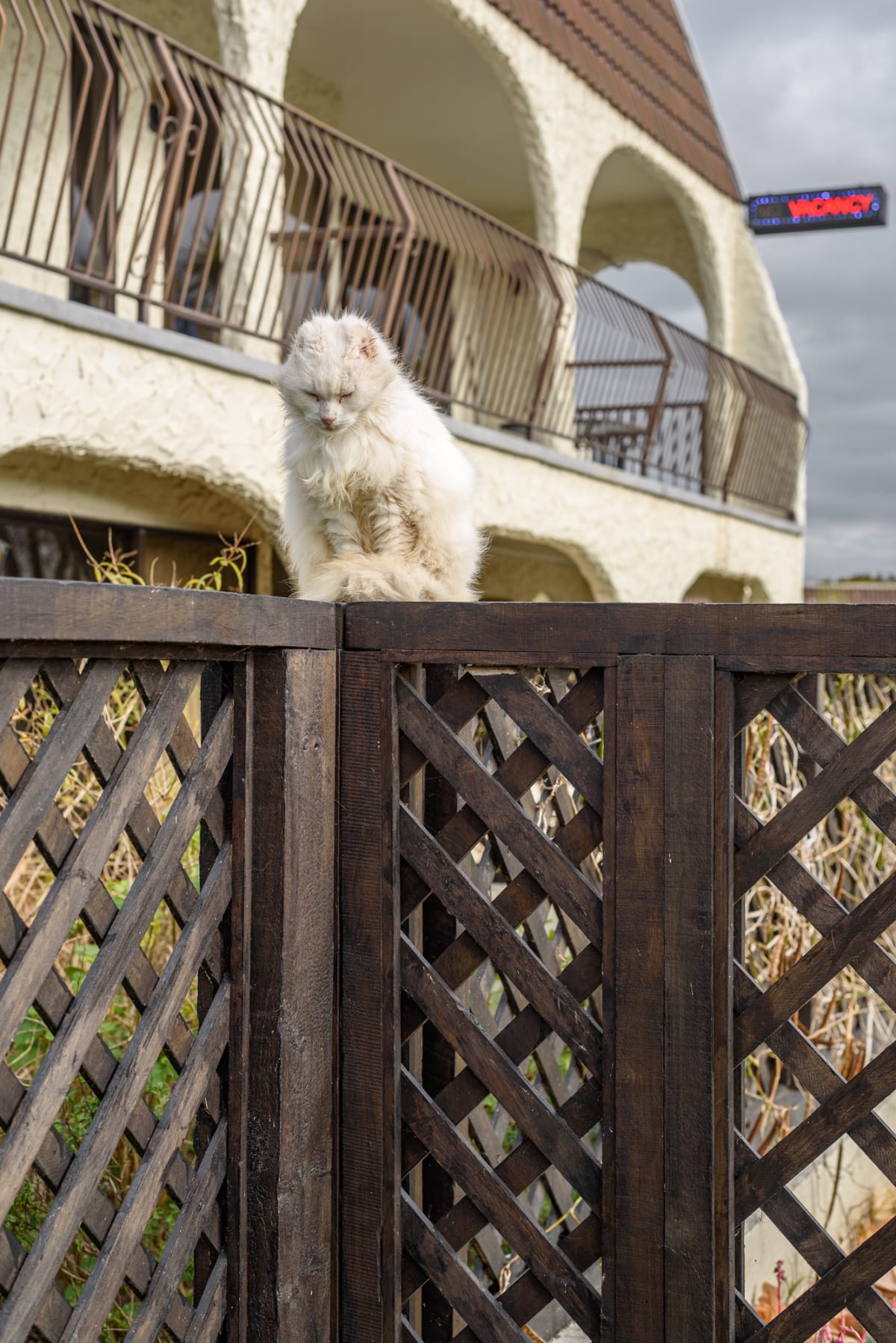
Conversātiō: In the Company of Bees by Anne Noble with Zara Stanhope and Anna Brown (Massey University Press, $60)
Photographer Anne Noble writes, “I hope that the presence of bees within this book will inspire a little bit of wonder.” Well, a bit more than a little: this is a sensational book about the European bee, and it’s a bit more than an observational portrait, as Noble seems to go inside the world of the Apis mellifera. We see what it sees and smells and feels, or something close to it; there’s also a sense or in fact plain evidence too of its intelligence and social behaviour, including its ability to perform complex mathematics. It’s very much a collaborative book with designer Anna Brown, who plays with mixed paper stocks and a screen-printed cloth cover. There are essays by such as arts writer Mark Amery, and Srini Srinivasan, an expert on bee vision and navigation systems. He writes, “Clearly these creatures possess visual, navigational and cognitive capacities par excellence despite possessing a tiny brain that weighs about a milligram and carries fewer neurons than we do.” The life of bees is one thing but Noble goes further, with her images of dead bees (below): here is the fineness of the natural world, its intricate miracles, its fragility, its collapse.
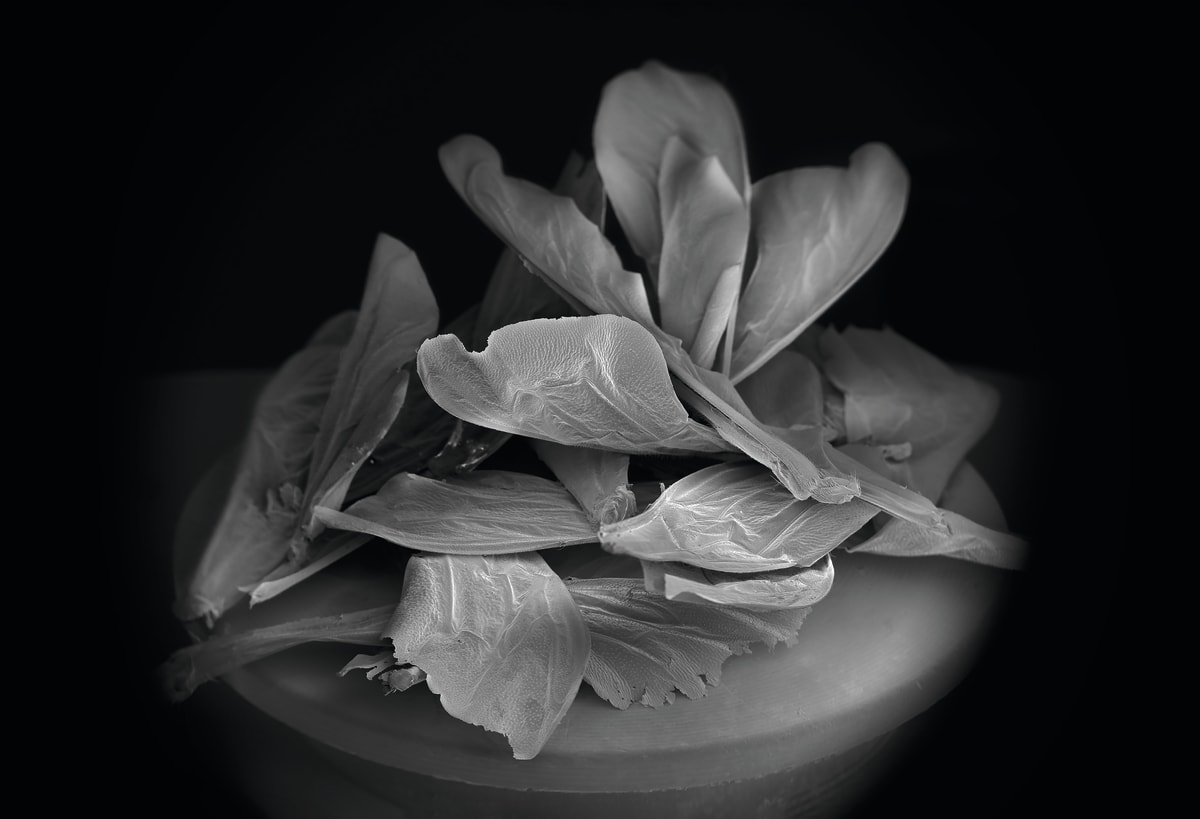
Cover Story: 100 beautiful, strange and frankly incredible New Zealand LP covers by Steve Braunias (Oratia Media, $50)
My book! Fancy that. But I reject accusations of immodesty: the power and glory of the book is the work of others, those who created the 100 album covers assembled and exhibited in this LP-sized book. The records were made between 1957 (when the first wholly New Zealand LP was made) and 1987 (when the last record pressing plant closed down). And so there are 30 years of pop, rock, punk, country, also Christian music, Māori and Pacific Islands music, accordion “music” – but the records are chosen purely for what they look like, not what they sound like, and they look so weird and striking and funny and, sometimes, really beautiful. From a review by Colin Hogg at ReadingRoom: “Perhaps my favourite of the 100 sleeves, presented life-size through Cover Story, is Jack Thompson Meets Garth Young from 1968, with Thompson (piano) and Young (Hammond organ) facing each other at their keyboards, fags hanging from lips, undone ties, both well-oiled by the looks…Many of the earlier cover photos would have been rejected as postcards Some are out of focus. Some – like Peter Posa’s White Rabbit LP featuring the artist leering at a bunny-girl’s bent-over bum – are out of time…The mighty Underdogs Blues Band pulling a Carnaby Street pose on the fire escape at Invercargill’s Civic Theatre for their first album is a classic. The album’s terrific too and just one of a handful in Cover Story you’d want to play without some sort of anaesthetic. But that’s not the point of this beautiful and alarming book. The more awful the cover, the better the story that Braunias tells.”
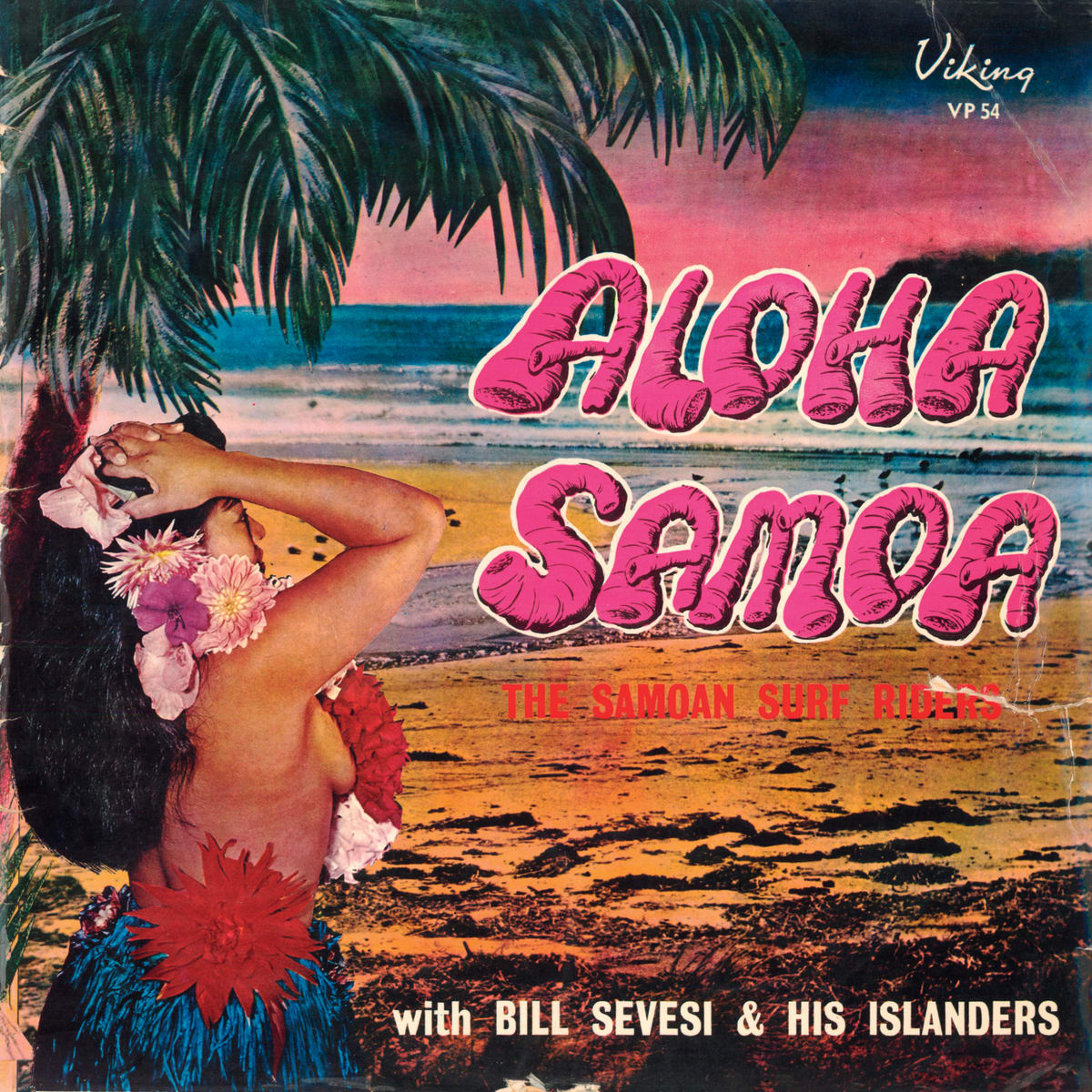
Invisible: New Zealand’s history of excluding Kiwi-Indians by Jacqueline Leckie (Massey University Press, $39.99)
A disturbing history of exclusions endured by people of Indian origin in New Zealand. Great use is made of newspaper photos, and despicable newspaper cartoons (so bad they make Garrick Tremain look as benign as Toby Morris), as the author sets out her study of the experiences of Indian migrants and their descendants. From a review by Rajorshi Chakraborti at ReadingRoom: “With extraordinary archival research, Leckie has brought to life those eras and some of their lingering echoes right here in New Zealand, reminding us that such entrenched discrimination isn’t just to be associated with the White Australia policy or apartheid South Africa or the old American South, then comfortably dismissed. But she has also made sure to record numerous stories of individual, and collective, resistance and protest, thereby emphasising the links between the rights, legal protections, and the levels of freedom and mutual respect in everyday life that people of all backgrounds rightly take as a given in present-day Aotearoa, and the invisible heroes who fought for them.”
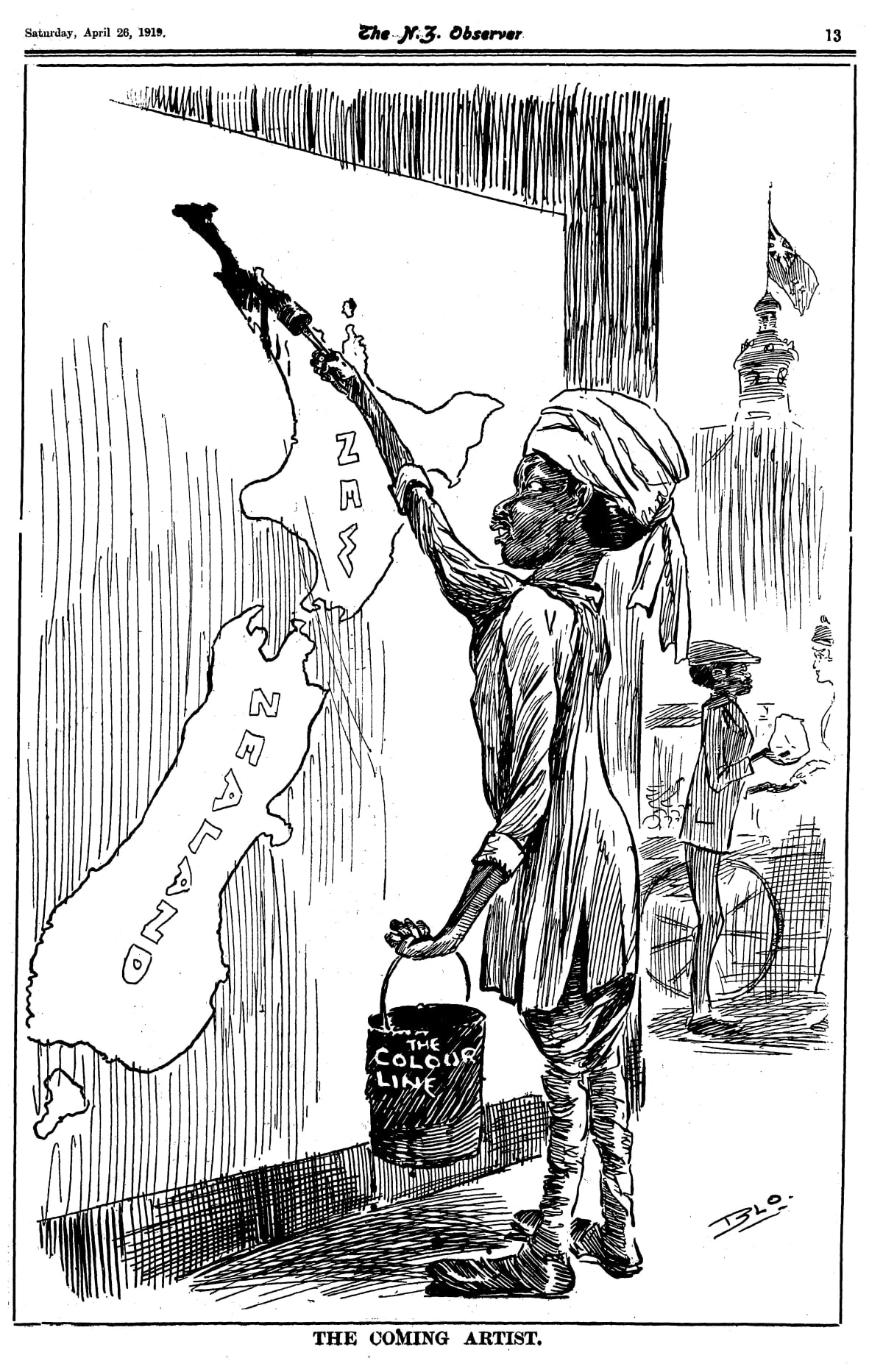
From AK79 to the Class of 1981 by Anthony Phelps (available directly from the author.)
This is cool. It has obvious nostalgic value as a record of punk and post-punk in Auckland in the late 70s but you didn’t have to be there or even have any interest in punk to appreciate these documentary images. Back then, as a thin man about town in Wellington, I viewed Auckland and Auckland music as boring but Phelps’s book is a blast. Look at the photograph below; who cares about the band, the fascination is with the bullet-headed munter sitting on the stage, and the two girls having a laugh. Cool handbag, too. From my review at ReadingRoom: “Auckland in black and white always makes it look more interesting than it exists in its actuality of golden light and watery blue; it strips the city back, gives it substance. It’s really the only way to look at the city during the years of punk and post-punk, 1979-1981, that brief, noisy period when teenagers from boring suburbs – Kohi, the Shore, Mt Roskill – set out to reclaim rock’n’roll, make it new, give it substance…Anthony Phelps went to Selwyn. He studied photography in the seventh form. That same year, the school staged a series of lunchtime concerts by The Terrorways and a bunch of other bands. Phelps took their photographs and set about documenting a whole bunch of other bands in concert and around town. His book is a scrapbook of the way things were in Auckland for white teenagers during the hostile administration of Muldoon’s National government.”
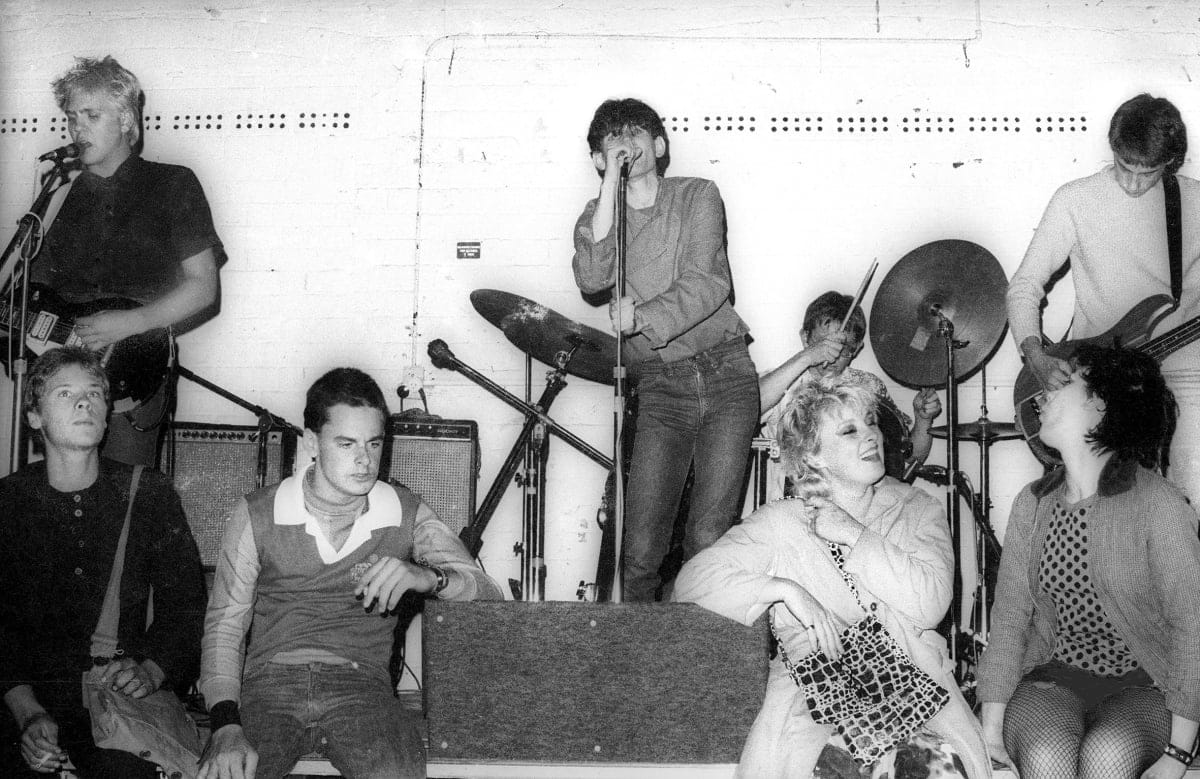
Every Home Should Have One: The appliance age in New Zealand by Terry Moyle (New Holland, $60)
“We associate living in the 1950s or the 1980s with historic events and culture of the times, but our experience of events is always against a background of designs and new technologies of the period,” writes the author, in this very, very charming picture book of things made in New Zealand that plugged into the wall and looked cool during the so-called Golden Age of Kiwi appliances between 1938-1988- classics like Pye 22-inch TV sets, Shaclock Conroy heaters, and Sunbeam four-slice toasters, plus a whole range of beautifully manufactured appliances such as toasters, washing machines, fridges, hairdyers, kettles, eggbeaters, vacuum cleaners, and adding machines (adding machines!). They all come alive in the pictures, which are a mix of archival advertisements and brochures (the Skope “space heater” is pictured below) and photography that recreates the Golden Age.
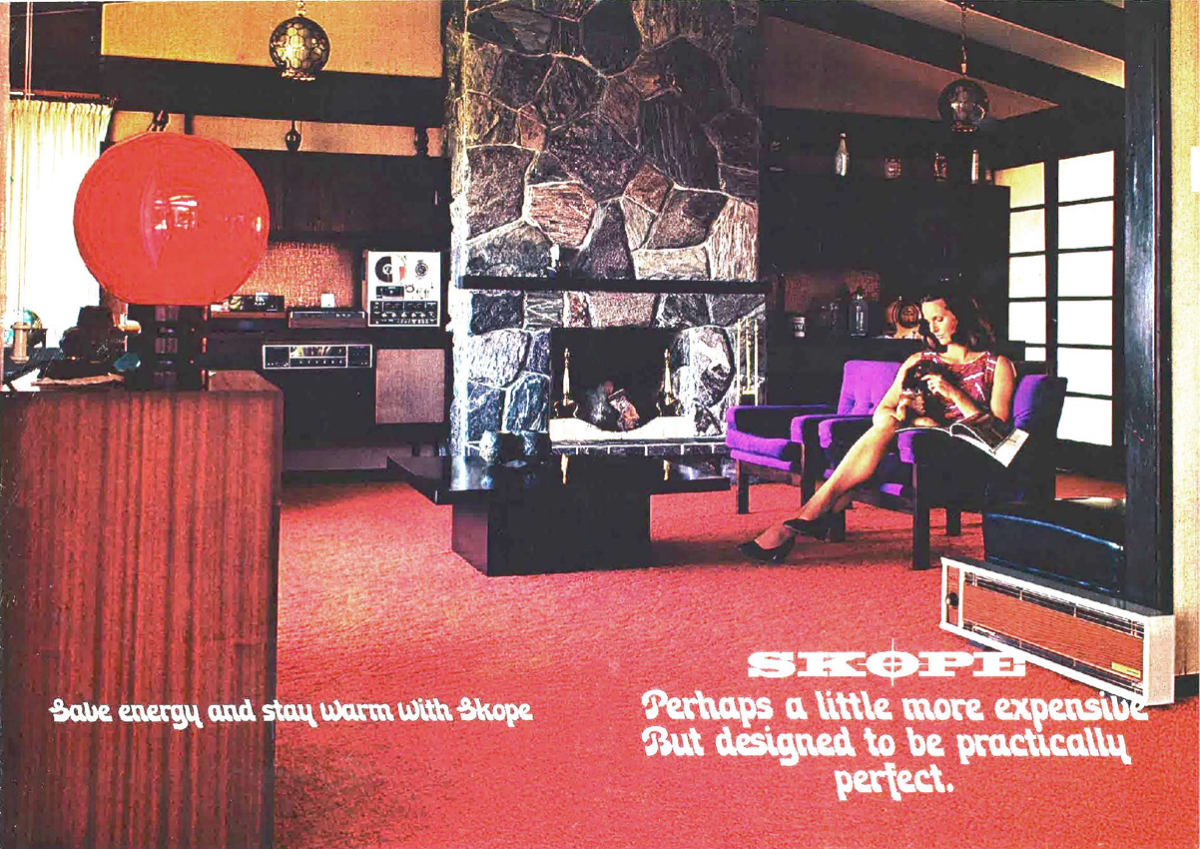
The Sun is a Star: A voyage through the universe by Dick Frizzell (Massey University Press, $45)
“I am very interested in the Universe,” Peter Cook once joked. “I am specialising in the Universe and all that surrounds it.” Just as crazily, Dick Frizzell bangs on in this little book about his lifelong interest in the stars, the planets, space, the universe; good for him, but it’s also the best-looking book of the year, thanks to the paintings by about 30 New Zealand artists, including Hamish Keith, Karl Maughan, Mark Braunias, John Reynolds, Grahame Sydney, Max Gimblett, John Pule, Greg O’Brien, Judy Darragh, Ani O’Neill, and, shining brightly below, Reg Mombassa.
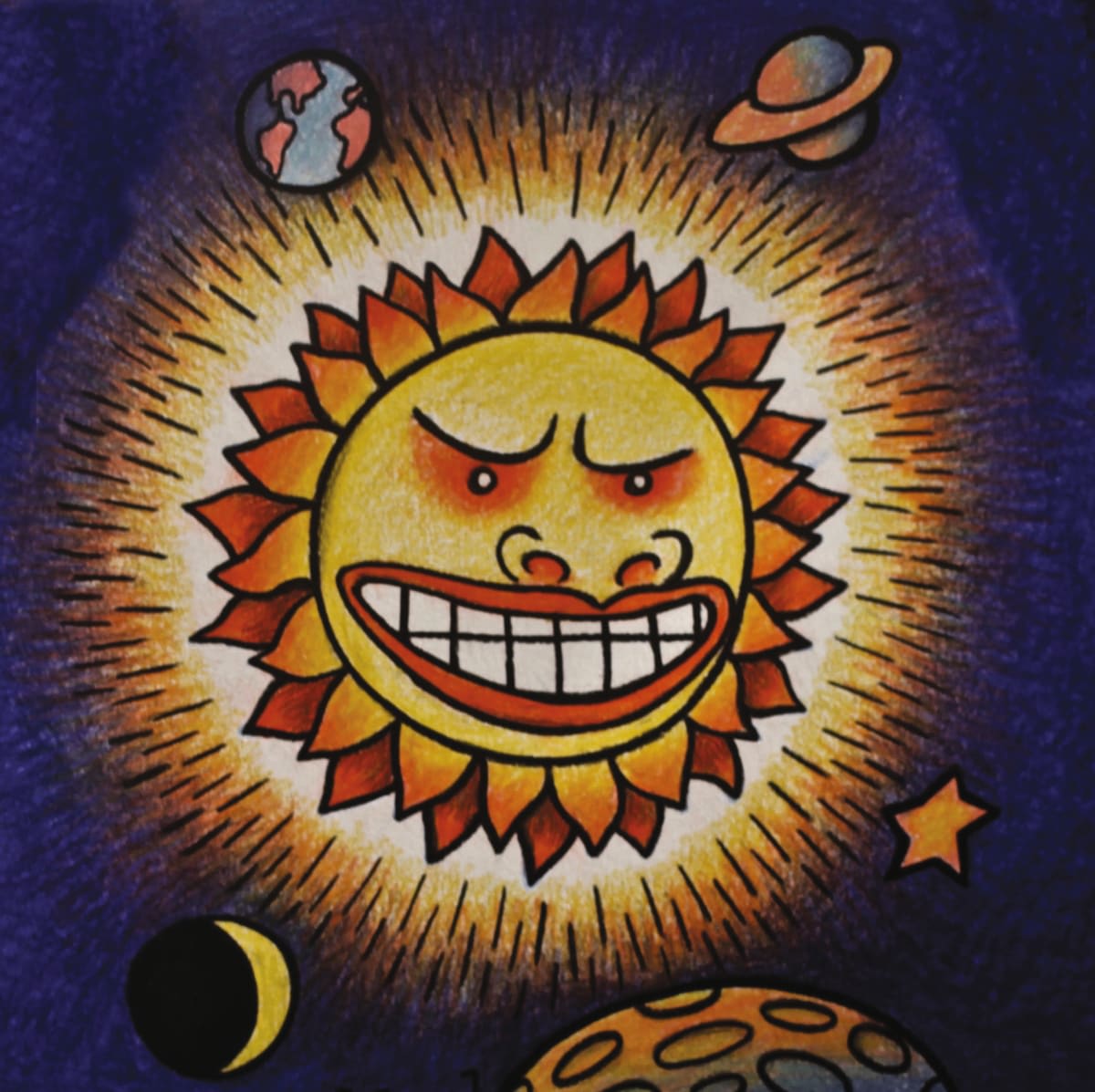
Tomorrow: the 10 best kids books of the year, selected by Sarah Forster.




